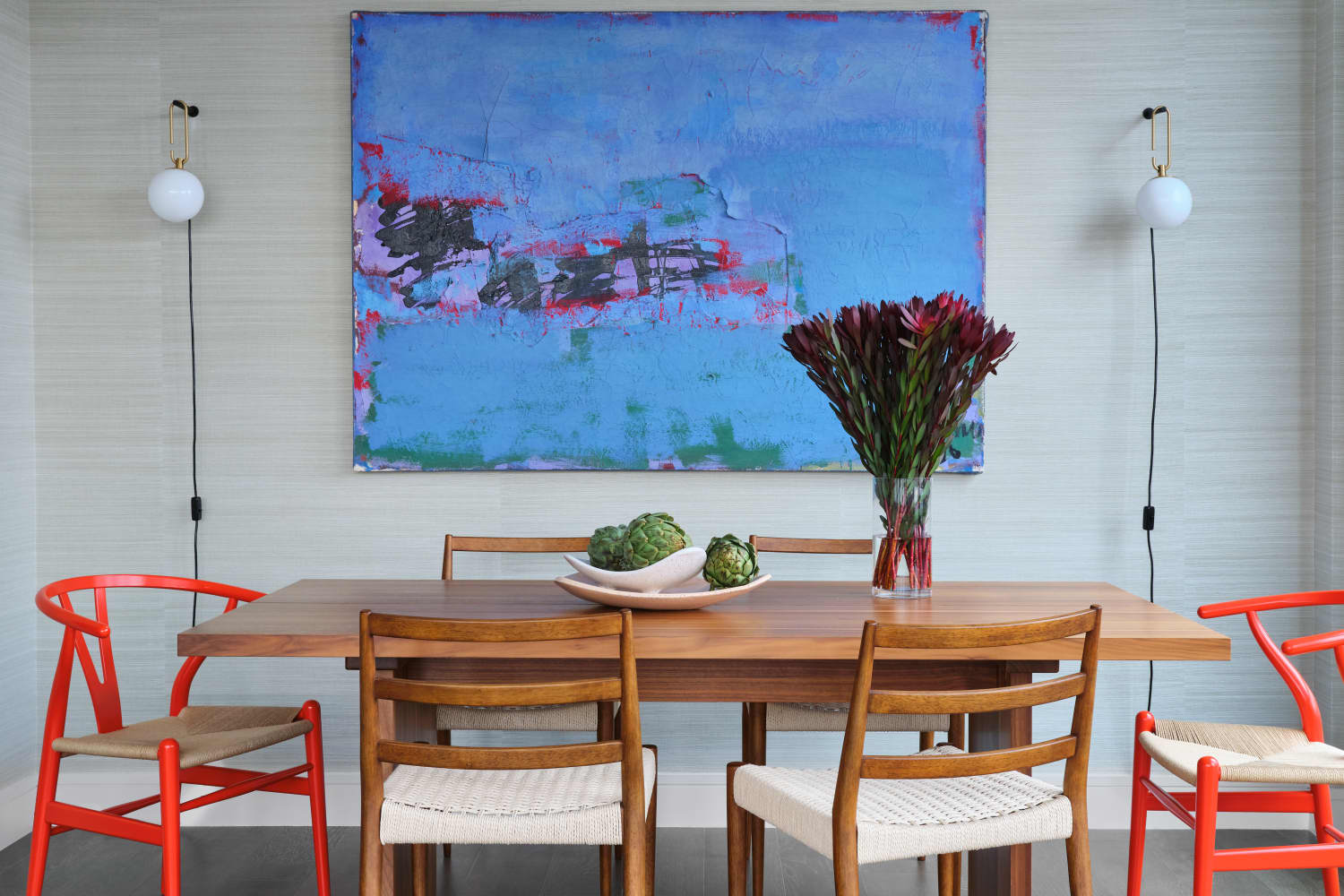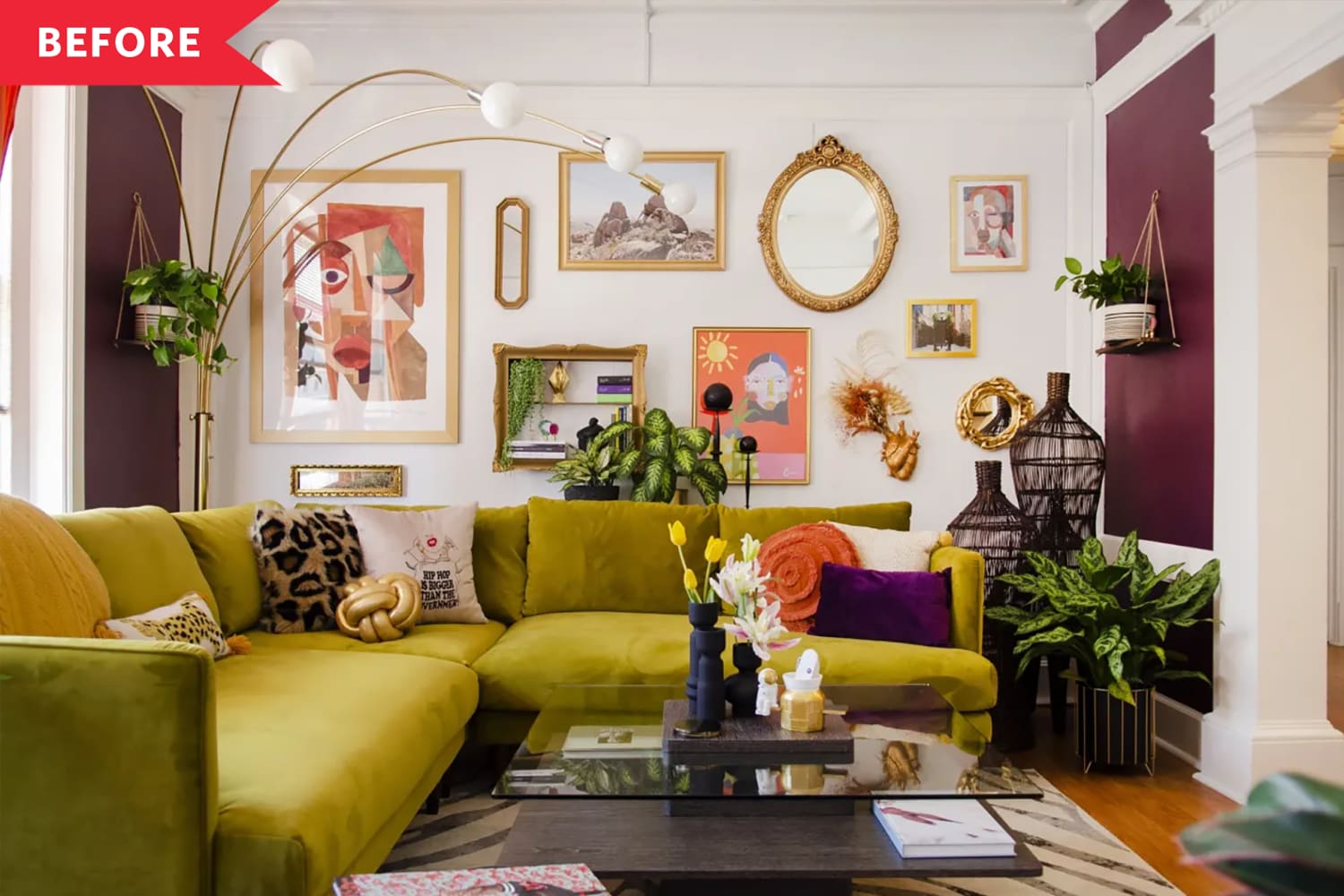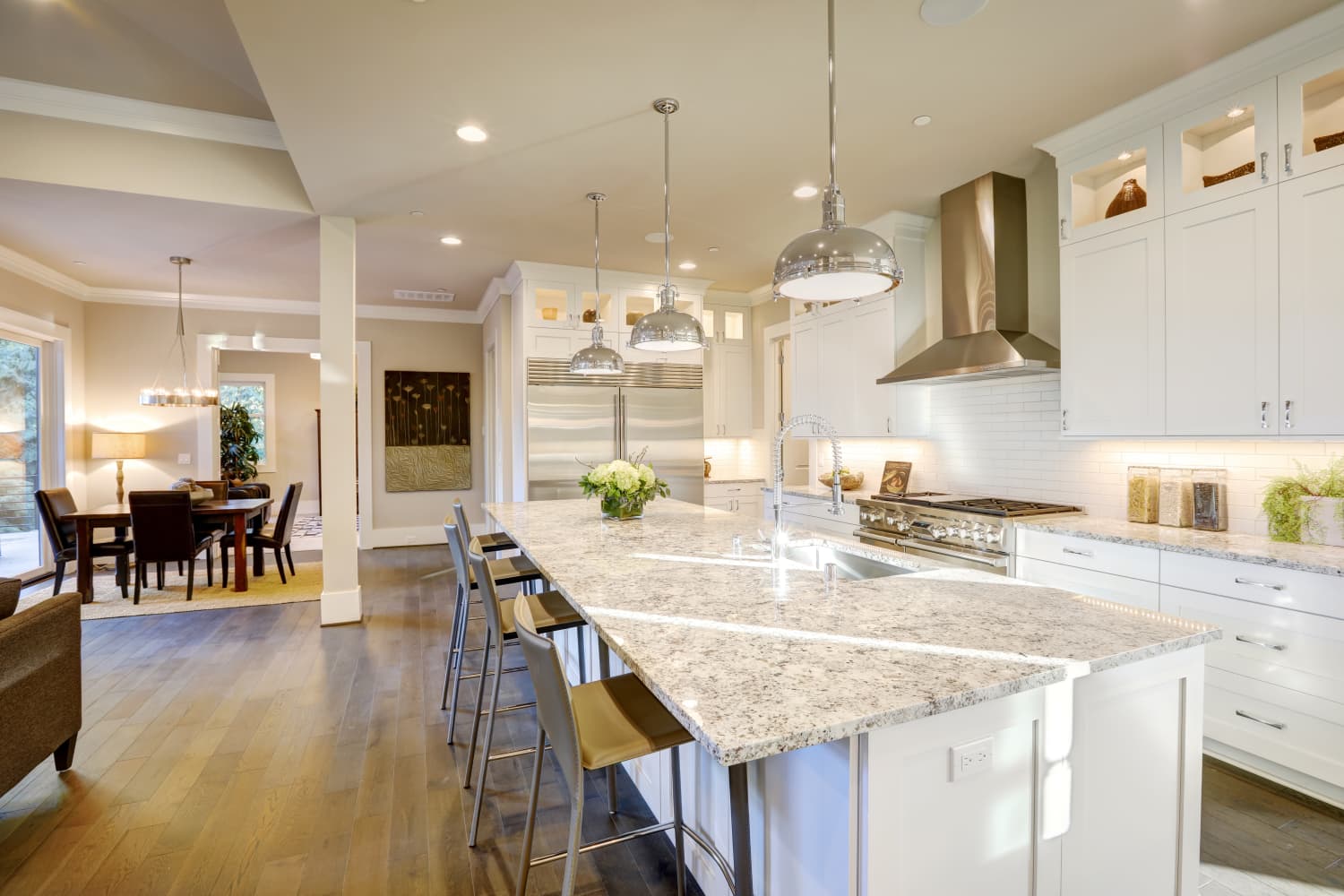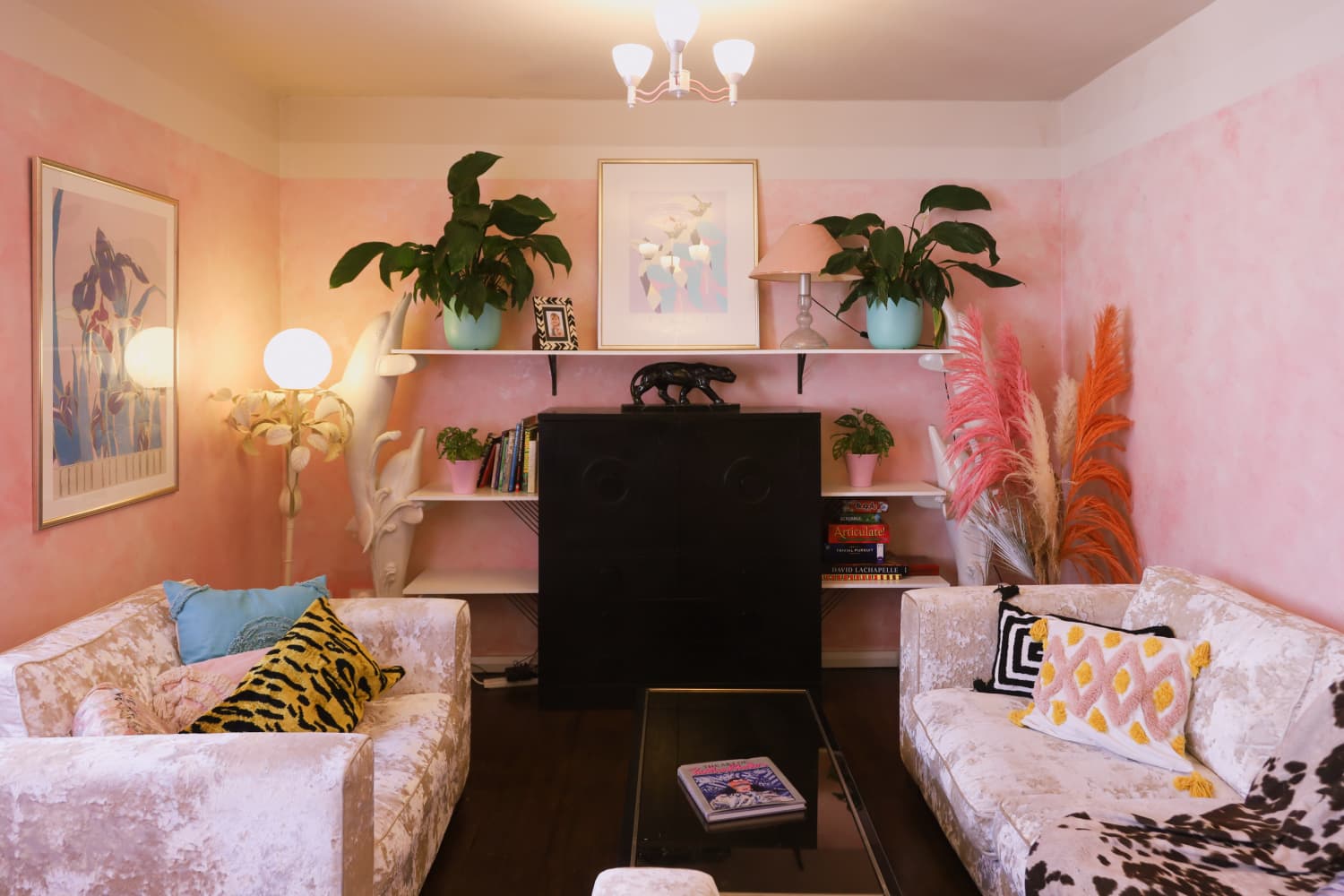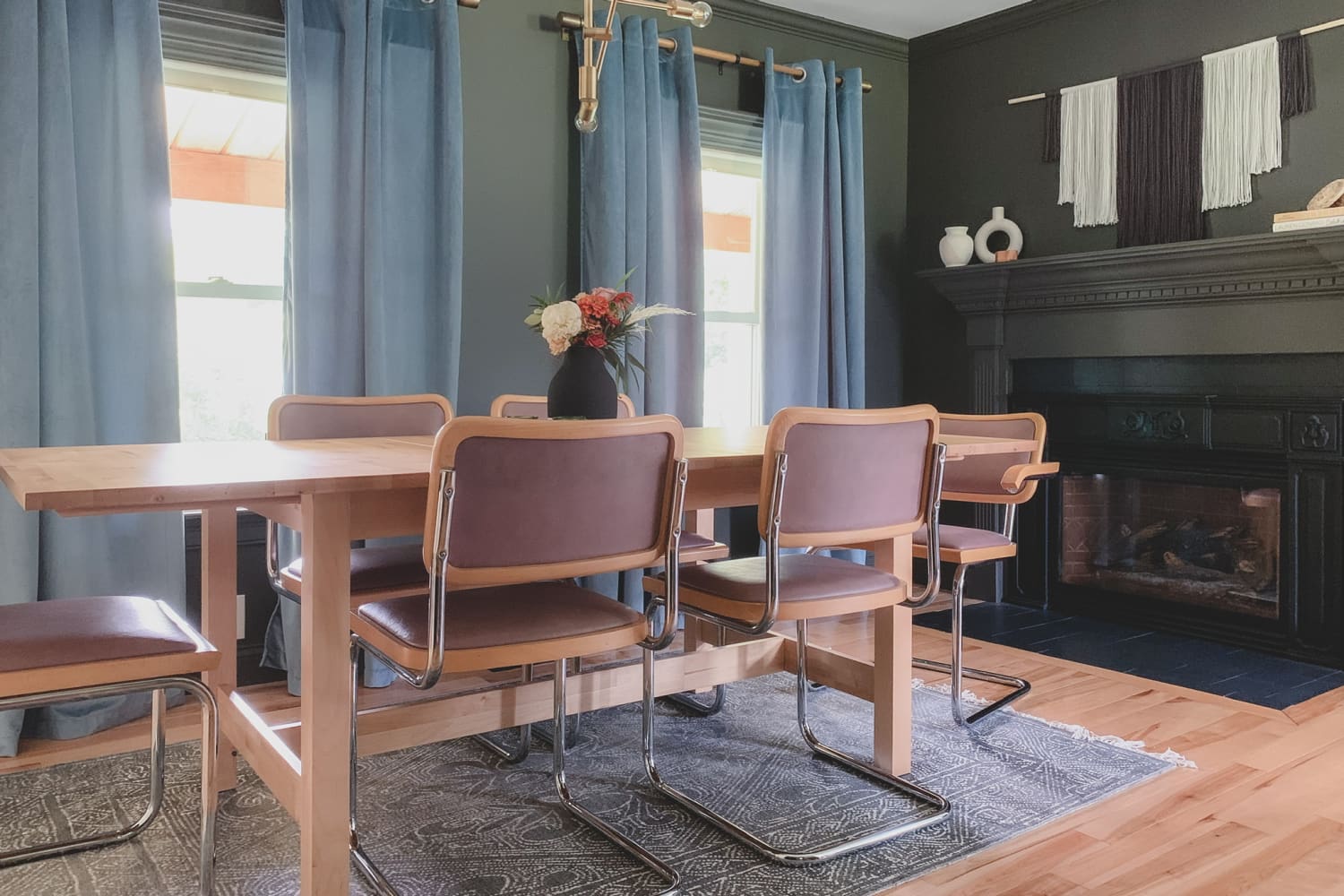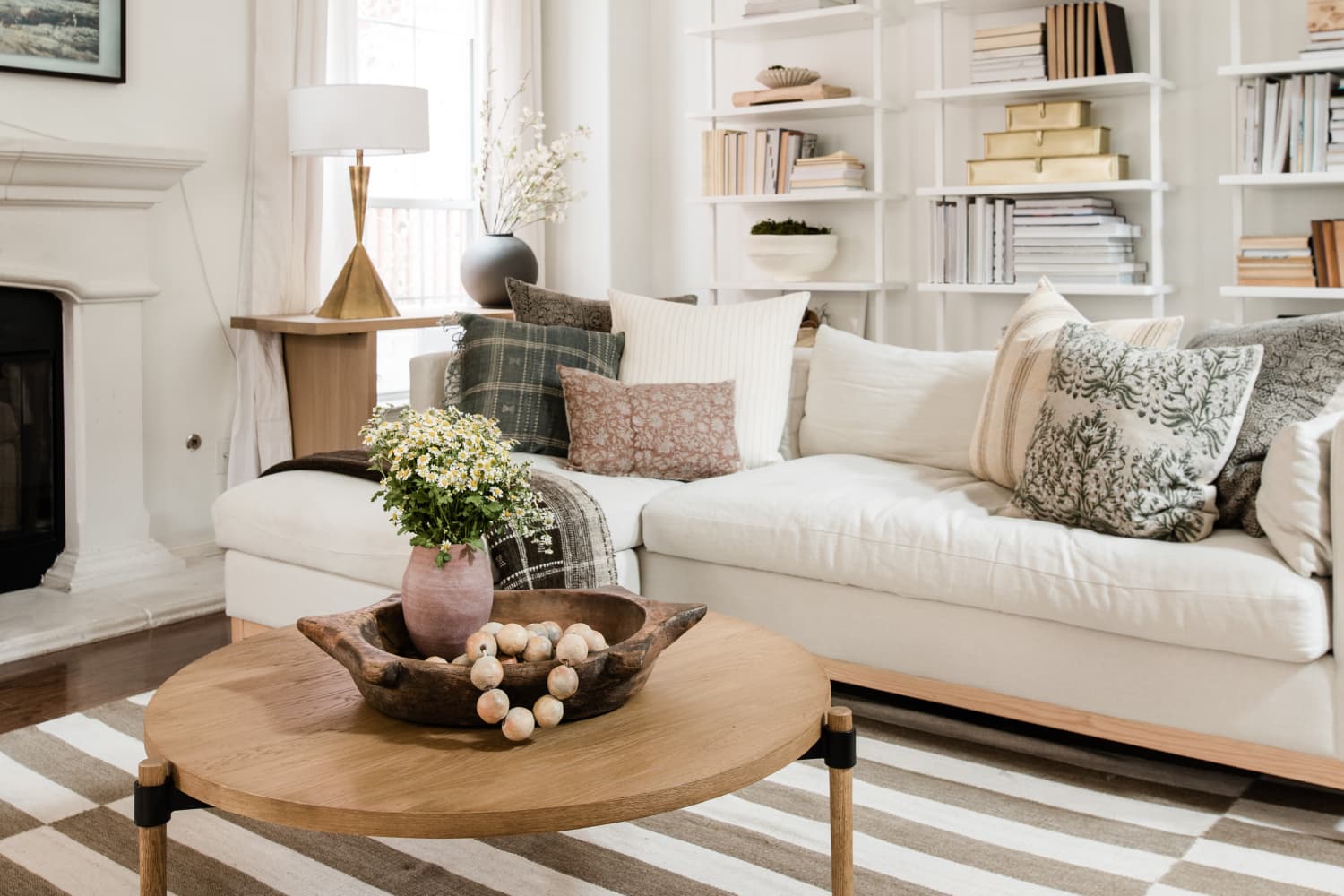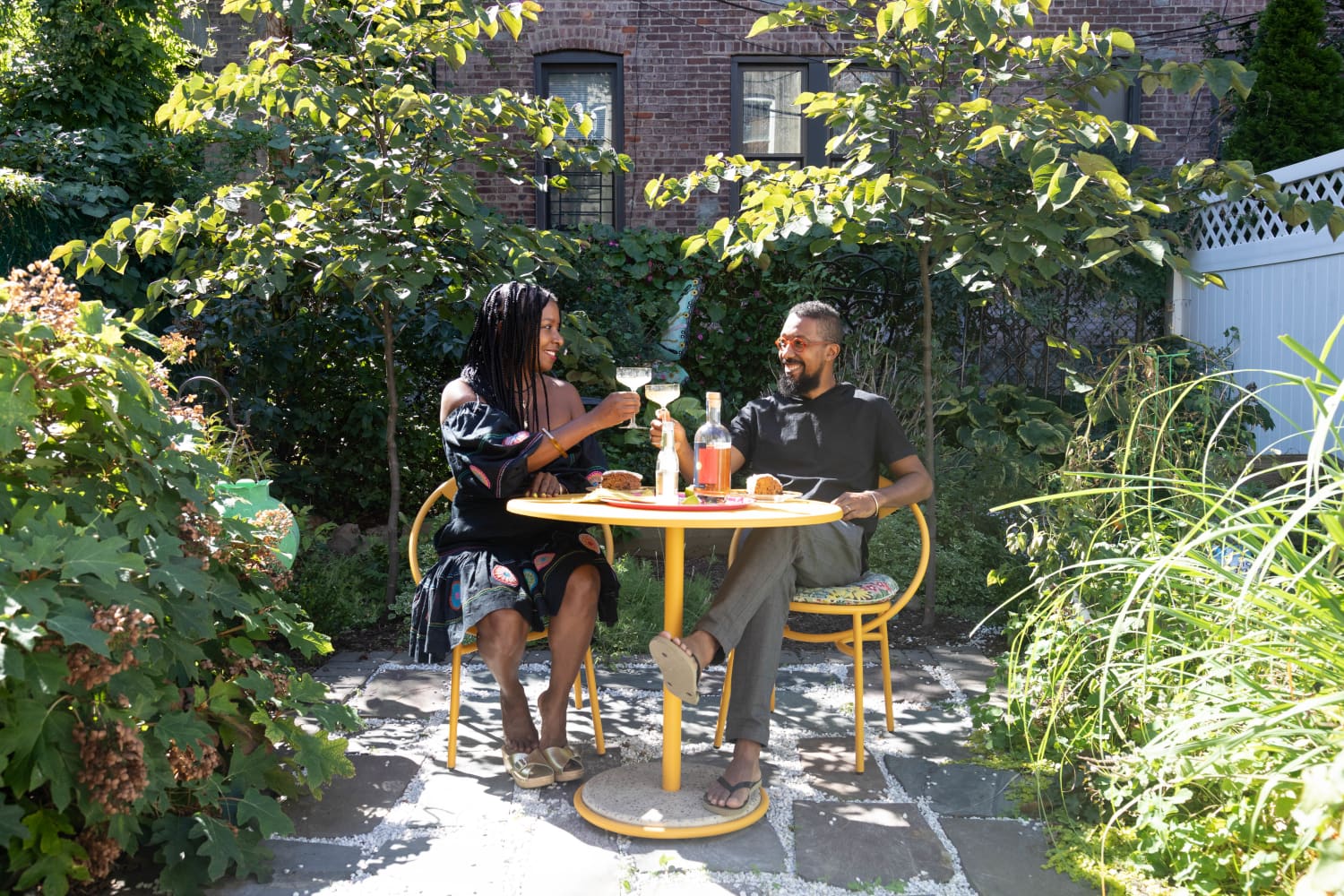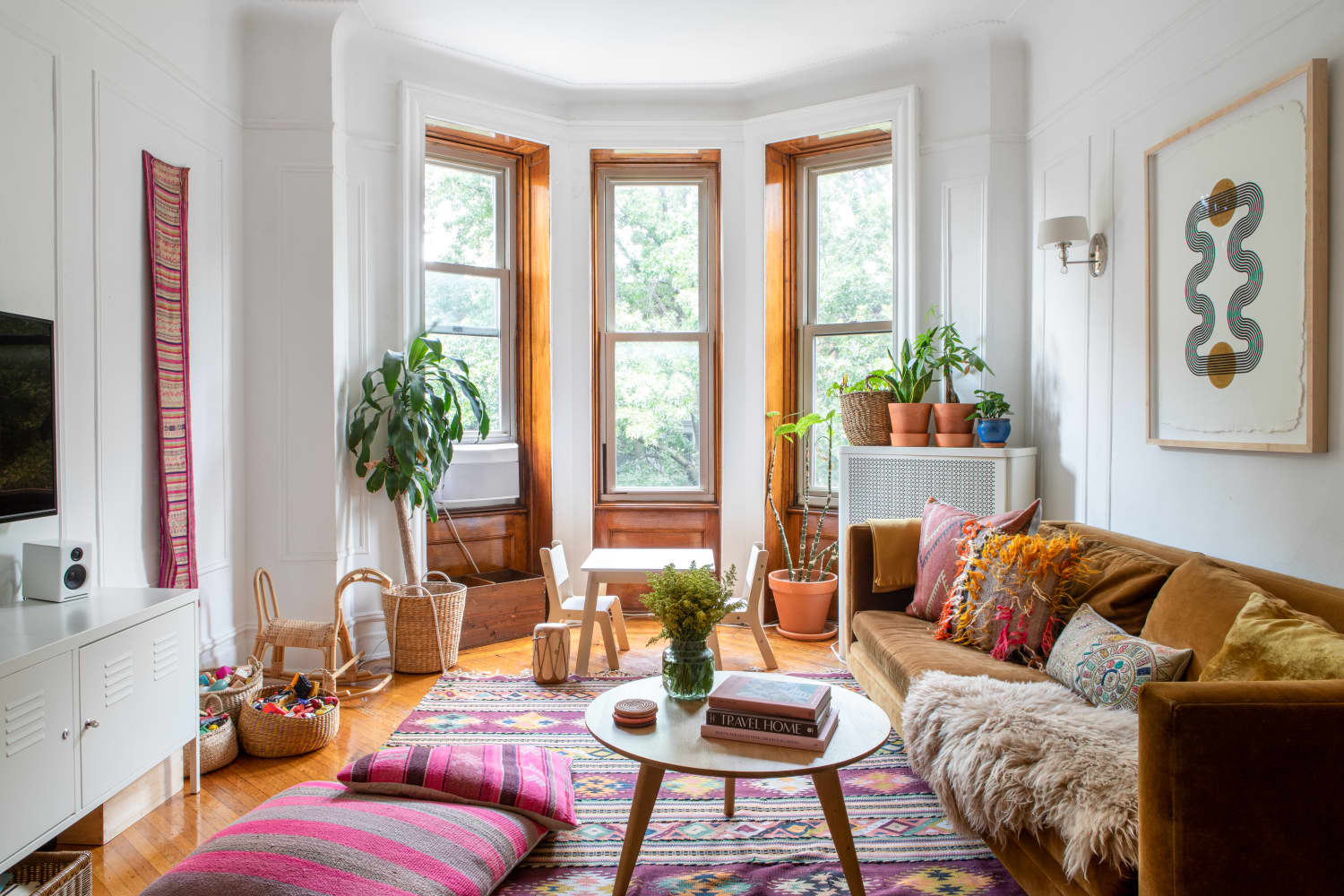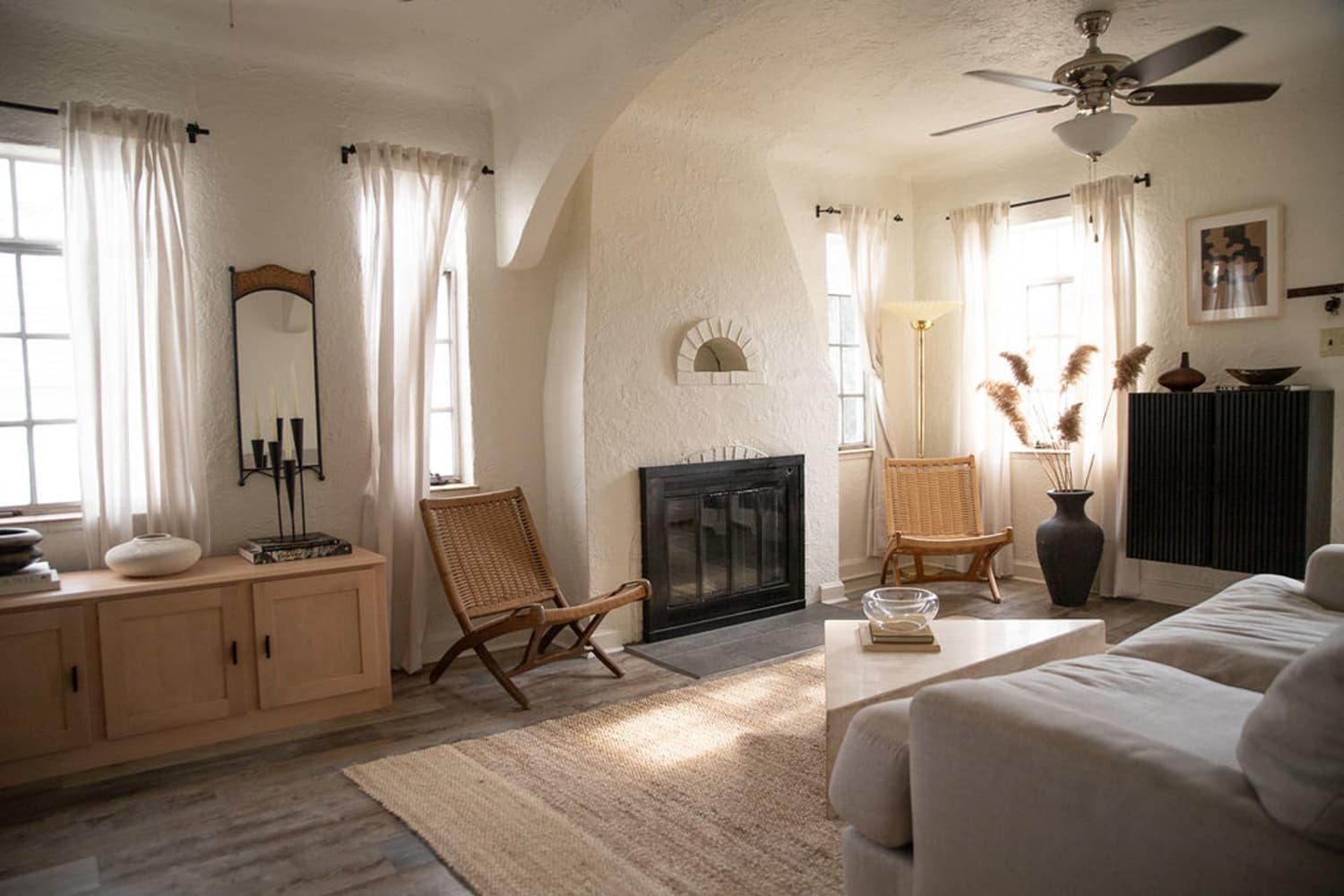This Brooklyn Apartment Masters the Maximal Minimalist Look
We independently select these products—if you buy from one of our links, we may earn a commission. Project: Rozit Arditi of Arditi DesignLocation: Brooklyn, New York As a design style, minimalism often doesn’t leave much room for personality or punch. That’s precisely why designer Rozit Arditi of Arditi Design leaned into a beautiful brand of maximal minimalism … Read more

